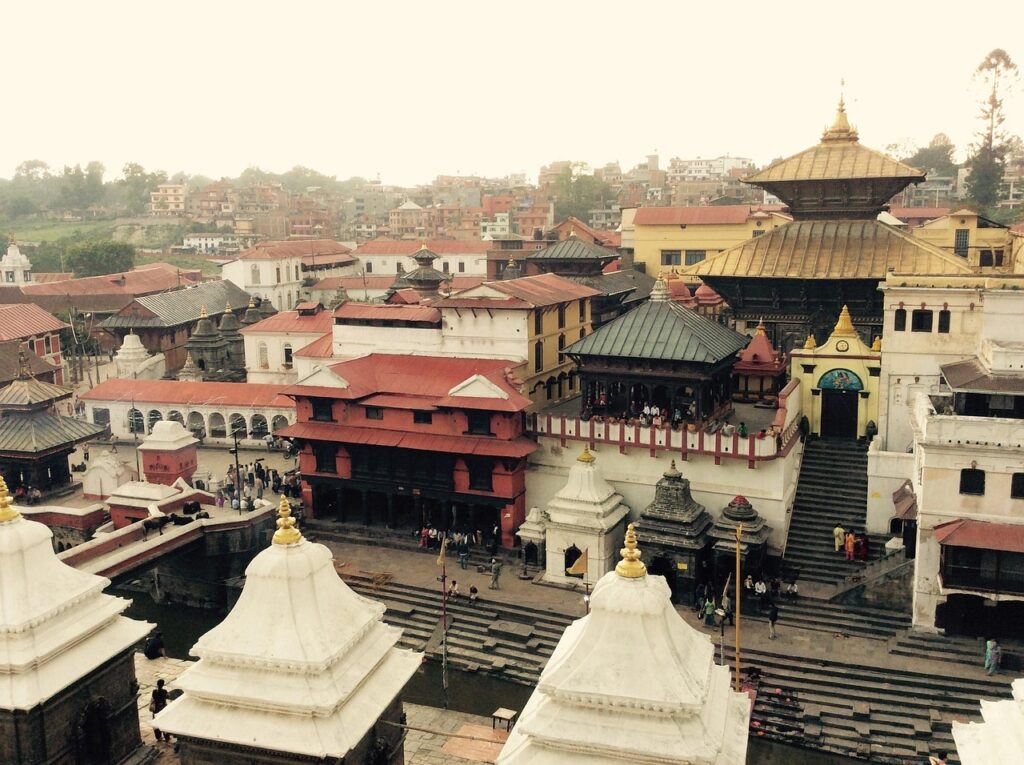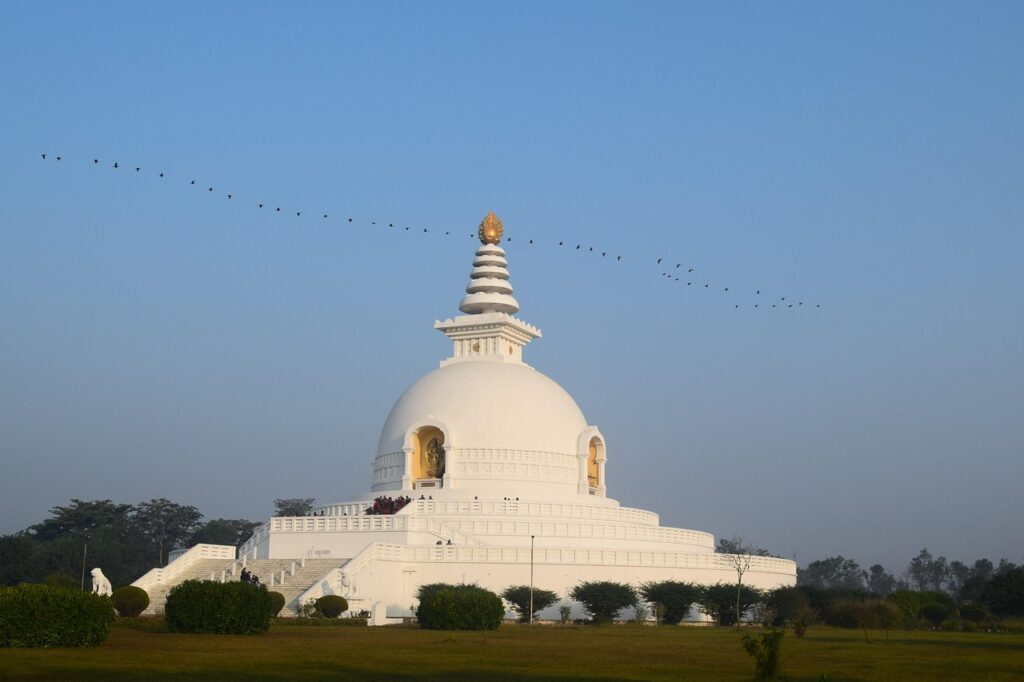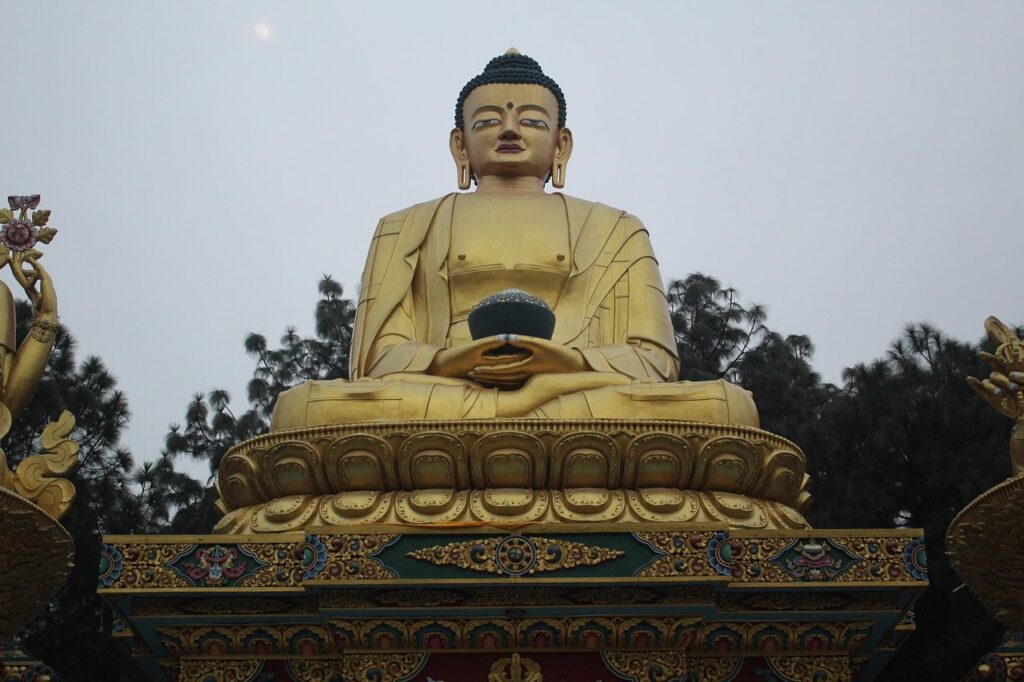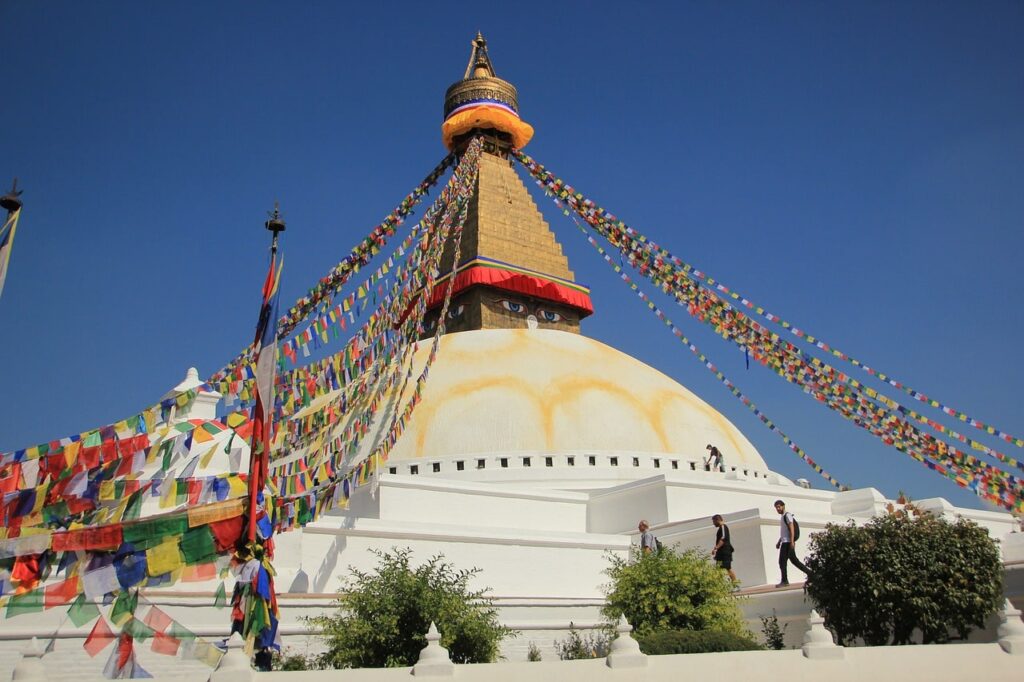Importance of cultural heritage in tourism lies in its power to attract mindful travelers who seek authentic experiences. Heritage sites, traditional festivals, handicrafts, cuisines, and oral histories create immersive journeys that enrich the visitor’s understanding and appreciation of different cultures. This, in turn, fosters intercultural dialogue and respect. Moreover, when managed responsibly, cultural tourism becomes a powerful tool for economic development.
It supports local artisans, guides, and cultural institutions while encouraging communities to preserve their heritage as a source of pride and livelihood. In a globalized world, cultural heritage ensures that the uniqueness of each destination remains vibrant and alive. Cultural heritage plays a vital role in shaping and sustaining tourism. It represents the collective memory of a society, reflecting the traditions, beliefs, arts, and lifestyles that have been passed down through generations. This heritage encompasses both tangible elements—such as monuments, temples, artwork, and traditional attire—as well as intangible aspects like customs, values, rituals, and shared emotions. In a culturally rich country like Nepal, these elements come together to create a unique and powerful identity.

Nepal, though small in size, is incredibly diverse and culturally vibrant. The nation is home to two main types of heritage: tangible and intangible. Tangible heritage includes physical structures and objects that can be seen and touched—such as the Pashupatinath Temple or Patan Durbar Square—while intangible heritage consists of the emotions, beliefs, and practices that define the spirit of the people. Both forms are deeply meaningful, not only in preserving national pride but also in strengthening a sense of belonging among citizens.
Cultural heritage is not only a matter of national identity—it is also a cornerstone of tourism. Visitors from around the world are drawn to Nepal to witness its ancient temples, sacred sites, traditional festivals, and everyday cultural practices. These experiences offer a glimpse into the soul of the country and often leave a lasting impression on tourists. Destinations like Boudhanath, Lumbini, Swayambhunath, and Muktinath attract thousands of visitors each year, many of whom come with a deep interest in spirituality, history, and cultural exploration.

Tourism centered around cultural heritage has multiple benefits. It not only contributes to national revenue but also creates employment opportunities in fields such as guiding, hospitality, and travel services. Cultural celebrations, especially festivals observed with family and community, offer immersive experiences that visitors find both meaningful and enjoyable. Moreover, such exchanges foster cross-cultural understanding and promote values of tolerance and mutual respect.
Among Nepal’s most treasured cultural sites are:
- Pashupatinath Temple: Located on the banks of the Bagmati River in Kathmandu, this sacred Hindu site is dedicated to Lord Shiva and is one of the holiest pilgrimage destinations for Shiva devotees in Asia.
- Lumbini: Revered as the birthplace of Lord Buddha, Lumbini lies in southern Nepal near the Indian border. It is a major pilgrimage site for Buddhists and spiritual seekers, with beautifully constructed temples from various countries showcasing their reverence and architectural styles.
- Muktinath Temple: Situated in the Muktinath Valley, this temple holds immense spiritual significance for both Hindus and Buddhists. Pilgrims visit to pay homage, seeking blessings and spiritual liberation.
- Patan Durbar Square: One of the three royal palace squares in the Kathmandu Valley, Patan Durbar Square is known for its intricate architecture and deep historical relevance. It serves as a living museum of Nepalese culture and artistry.

Preserving cultural heritage is not just about protecting monuments or traditions—it’s about keeping alive the stories and values that shape who we are. By sharing and celebrating our heritage, we ensure its continuity for future generations while also supporting sustainable tourism and economic development. A country that values and protects its heritage is one that builds a strong identity and an inclusive, prosperous future.
Read More: Top 8 Best Places to visit in Kathmandu
Suggested Read: Manaslu Circuit Trek Package


Pingback: Best time to visit Nepal - Know About Destinations - Complete Information Before Travel
Good post! We will be linking to this particularly great post on our site. Keep up the great writing
Thank you, we are happy to know you found this content valuable.
https://russiamarkets.to/
https://russiamarkets.to/
https://briansclub.bz/
Just here to dive into discussions, exchange ideas, and gain fresh perspectives throughout the journey.
I’m interested in understanding different opinions and adding to the conversation when possible. Happy to hear fresh thoughts and building connections.
There is my site-AutoMisto24
https://automisto24.com.ua/